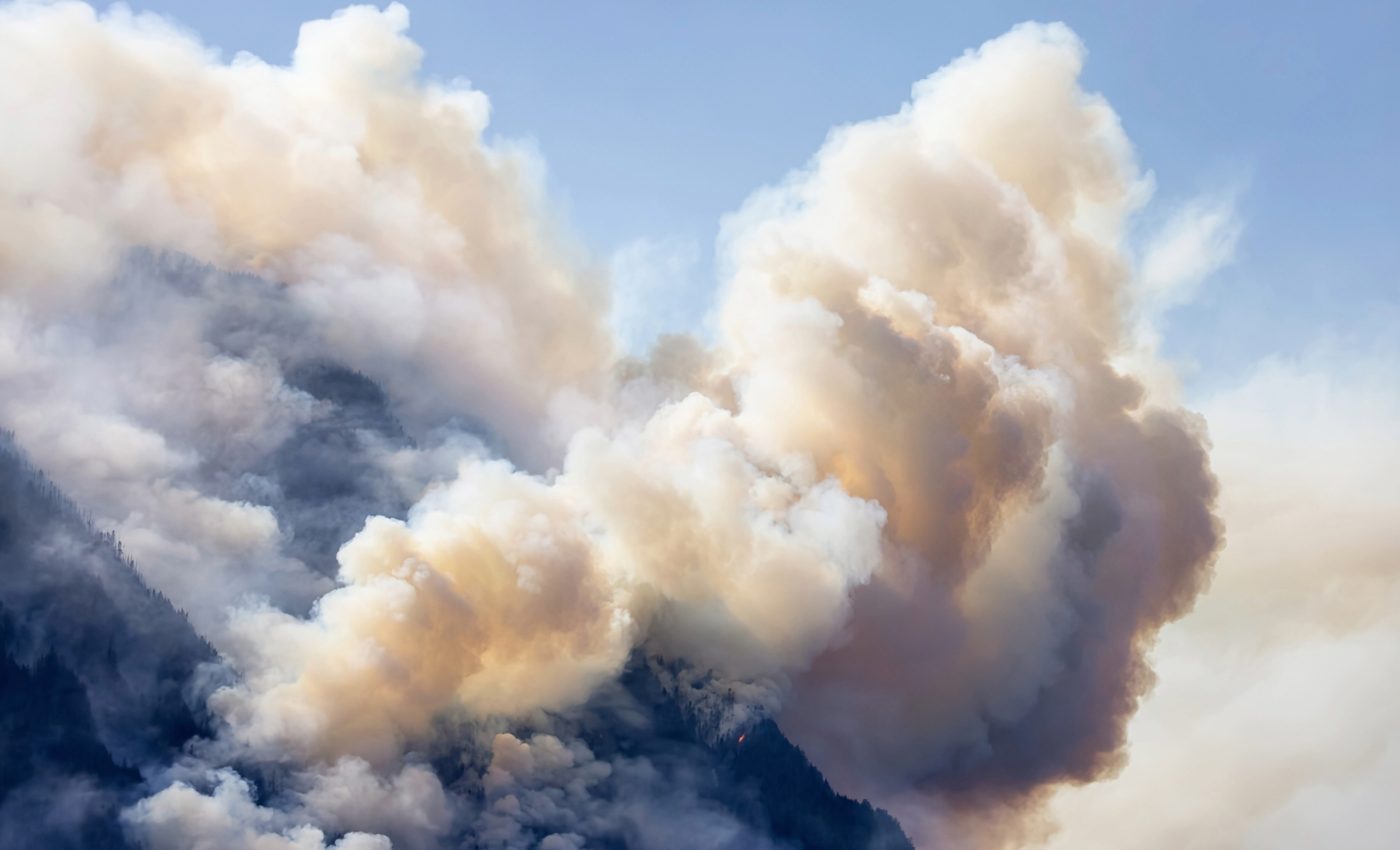
Canadian wildfires released 640 million metric tons of carbon
As the world grapples with climate change, wildfires have taken center stage as a significant contributor to heat-trapping carbon emissions. The catastrophic forest fires in Canada in 2023 are a primary example.
These fires, fueled by the warmest and driest conditions in decades, released a staggering 640 million metric tons of carbon, which is comparable to the yearly fossil fuel emissions of a major industrialized nation.
Carbon emissions from Canadian wildfires
NASA scientists, committed to understanding our ever-changing planet, have investigated this phenomenon. Using satellite observations and advanced computing, they quantified the carbon emissions from the Canadian wildfires.
These destructive fires destroyed an area almost the size of North Dakota between May and September 2023. To put this in perspective, the fires emitted more carbon in five months than what Russia or Japan released from burning fossil fuels during the entire year of 2022. The quantity was about 480 million and 291 million metric tons, respectively.
Though the carbon dioxide (CO2) emitted from wildfires and fossil fuel combustion induces immediate warming, the scientists from NASA’s Jet Propulsion Laboratory in Southern California emphasize a crucial difference.
As the forest regrows, the carbon from the fires will be recaptured by Earth’s ecosystems. Meanwhile, CO2 from burning fossil fuels has no natural offsetting process.
Measuring gases in the atmosphere
The scientists relied on data from the European Space Agency’s TROPOspheric Monitoring Instrument (TROPOMI). This instrument, since 2017, has been circling Earth in the Sentinel 5P satellite.
TROPOMI has the vital job of mapping and measuring trace gases and fine particles in the atmosphere.
The analytical process started with assessing the carbon monoxide (CO) levels in the atmosphere during the fire season.
By “back-calculating,” scientists determined the initial emissions that led to such CO levels. They could then estimate the CO2 released based on the correlation between the two gases.
Extreme Canadian wildfire season
The results of the analysis were astonishing. “What we found was that the fire emissions were bigger than anything in the record for Canada,” said study lead author Brendan Byrne.
Despite their severity, wildfires play a key role in the forest ecosystem, clearing undergrowth and making way for new plants. However, factors such as extended drought, past fire management strategies, invasive species, and urban spread into lesser developed areas have increased the number and size of wildfires.
The 2023 fire season in Canada was particularly severe, resulting from extremely dry and warm conditions.
Temperatures were over 4.5 degrees Fahrenheit above average from May through September in the northwest region, where 61% of fire emissions occurred. The lack of rainfall also exacerbated the situation.
The conditions sparked fires of monstrous sizes, scorching approximately 18 million hectares of forest from British Columbia to Quebec and the Atlantic provinces. This figure is more than eight times the 40-year average and accounted for 5% of Canadian forests.
Increasing fire activity
“Some climate models project that the temperatures we experienced last year will become the norm by the 2050s,” said Byrne, “The warming, coupled with lack of moisture, is likely to trigger more fire activity in the future.”
Canadian forests play a crucial role in mitigating climate change as they absorb more CO2 than they release. But, if the 2023 forest fires become a norm, it could significantly impact global climate.
The question remains: Can Canadian forests sustain their carbon absorption rate, or will increased fire activity diminish their capacity to thwart climate warming?
The ecological duality of wildfires
Wildfires, often viewed through a lens of devastation, present a complex duality within forest ecosystems.
On one hand, they can wreak havoc, destroying habitats, displacing wildlife, and releasing significant amounts of carbon into the atmosphere. On the other hand, they play a crucial role in maintaining ecological balance.
Some species have evolved to thrive in post-fire environments. For instance, many conifers rely on the heat of a fire to release their seeds, ensuring the regeneration of their populations.
Additionally, wildfires help to clear out dead vegetation and underbrush, thereby promoting new growth and biodiversity.
While the immediate impact of a wildfire can be catastrophic, the subsequent recovery and regrowth of the forest can contribute to long-term ecological health.
Nonetheless, the frequency and intensity of wildfires are escalated by climate change and human activity. The interplay between natural fire regimes and anthropogenic influences poses significant challenges for forestry management and conservation efforts.
Recognizing the dual nature of wildfires is essential for developing effective strategies that harness their ecological benefits while mitigating their overarching threats to carbon emissions and climate stability.
The study is published in the journal Nature.
—–
Like what you read? Subscribe to our newsletter for engaging articles, exclusive content, and the latest updates.
Check us out on EarthSnap, a free app brought to you by Eric Ralls and Earth.com.
—–













